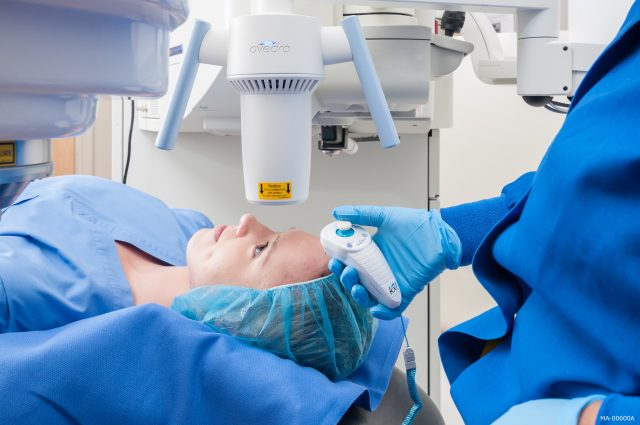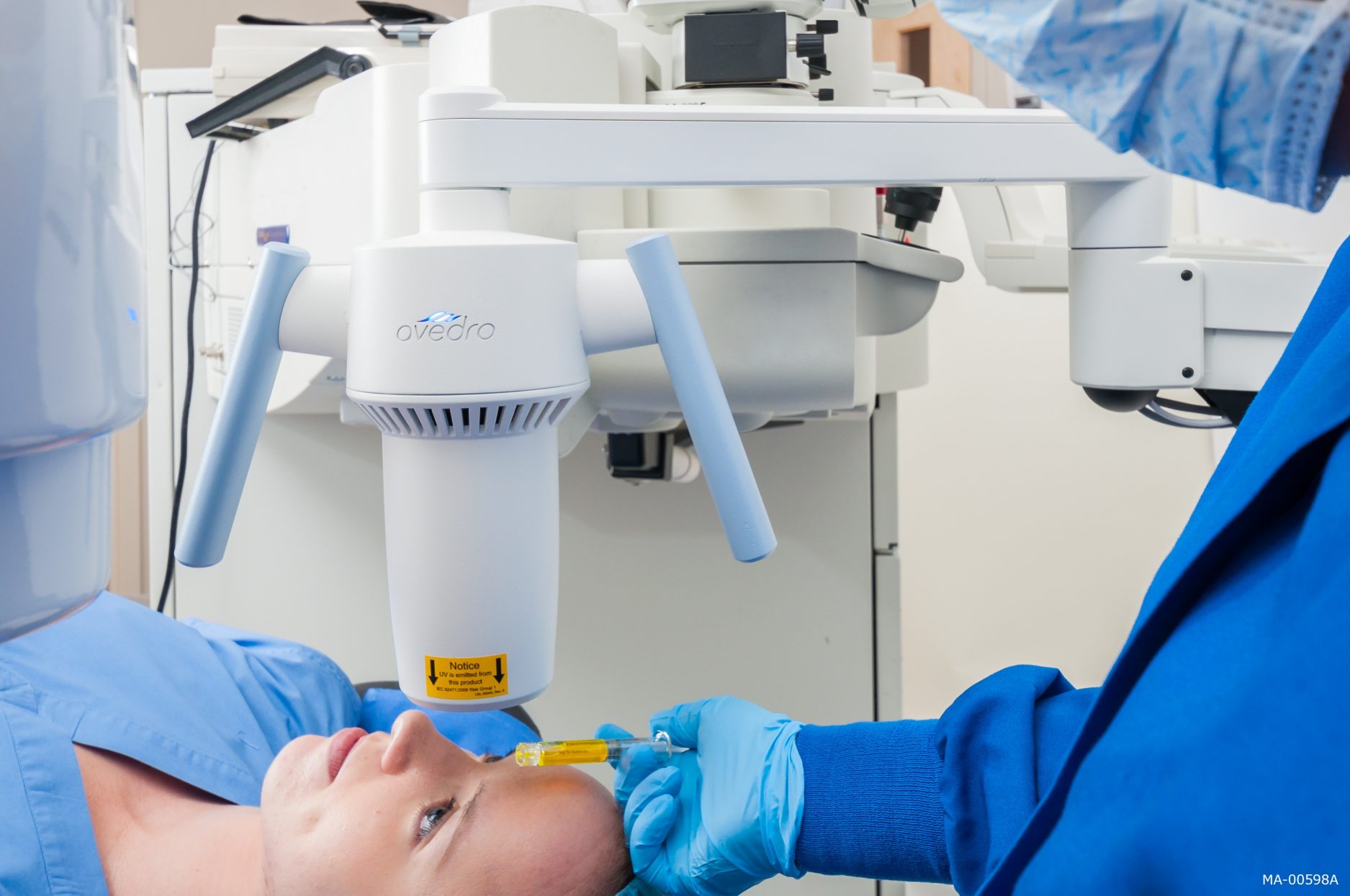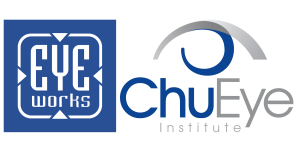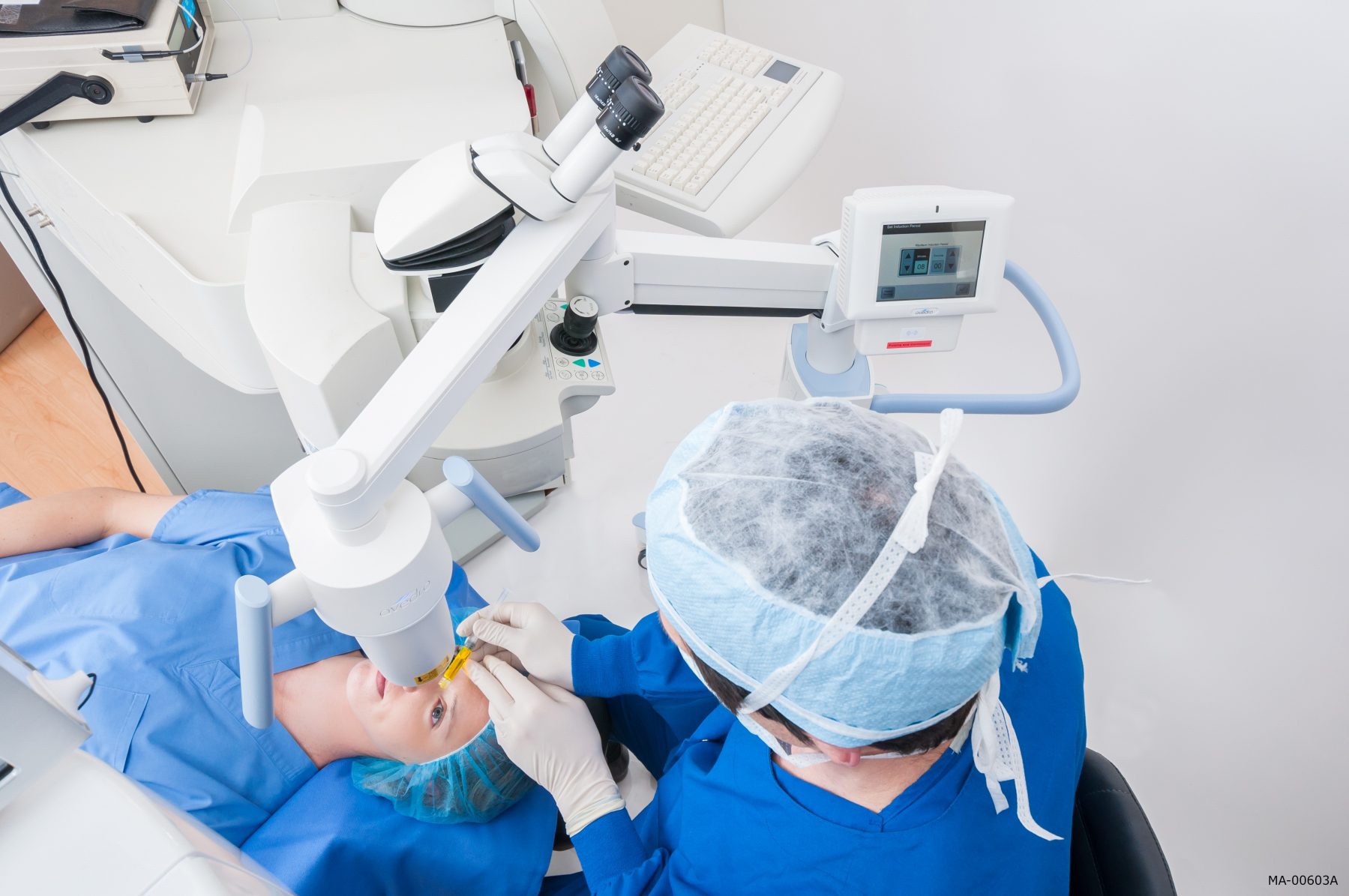
Corneal Collagen Cross Linking In Ft. Worth, Texas
Collagen Cross Linking In Ft. Worth, Texas
There’s a new treatment in town, and it could very well help with your Keratoconus symptoms. But first, let’s talk about what Keratoconus is and how it can affect your daily activities.
What Is Keratoconus?
The cornea of the eye is usually shaped like a dome. This allows light to pass through it and hit the pupil. Keratoconus is a type of corneal ectasia, a condition that causes the cornea’s tissue to become thinner than normal, which makes the cornea into a cone-like shape. This causes light to be refracted incorrectly, resulting in blurry vision, which in turn, makes everyday activities like reading or driving difficult.
Collagen Isn’t Only For Lip Enhancement
Most people know about collagen as a material used in cosmetic surgery, like making the lips appear fuller. Just Google the word ‘collagen’ and you’ll find a plethora of celebrity before and after photos. What many people don’t know is that it’s actually a naturally-made protein developed inside the human body. Collagen can be found in the skin, muscles, and various ligaments.
The cornea of the eye also contains collagen. It is made up of tiny collagen fibers that lie in an intertwined fashion, ensuring that the cornea is kept clear. As mentioned above, Collagen Cross-Linking can be used to treat Keratoconus for improved vision. The procedure is called ‘cross linking’ due to the placement of bonds in between the collagen fibers. These bonds provide support to stabilize the cornea.
The Collagen Cross-Linking Procedure
When a patient is a good candidate for Collagen Cross-Linking, an ophthalmologist will perform the minimally invasive procedure, which typically lasts between 30-60 minutes. CXL is done in the office, so there is no need for a hospital visit.
There are actually two types of CXL procedures. One is called Epithelium-off, and the other is called Epithelium-on. The difference between them has to do with the epithelium, also called “epi”, which is a tissue located on the outside layer of the cornea.
Knowing which version of the CXL treatment is right for your condition is something each patient should discuss with their ophthalmologist. Each one has benefits and risks in terms of procedure and recovery time. Talk to your doctor about which procedure is best for you.
What Are The Advantages Of Scleral Lenses? It’s All In The Shape!

Although radiation caused by UV light can be harmful to one’s health, the amount of UV applied during the CXL procedure does not reach dangerous levels. According to The National Center for Biotechnology Information, a wavelength of 360–370 nm with an accumulated irradiance of 5.4 J/cm2 ensures that the exposure of all structures is below harmful levels.
Additionally, the riboflavin eye drops that the patient receives prior to the UV light application serves as a solid wall of protection against any potential radiation effects.
In April 2016, after conducting rigorous testing and reviewing case studies, the FDA approved the CXL procedure as an effective treatment for slowing down the progression of Keratoconus.
Like any medical procedure, there are some things you should know beforehand and some preparation you will need to do. On the day of the procedure, avoid wearing any eye makeup, creams, lotions, perfume, or cologne. The ophthalmologist will perform CXL on one eye at a time and it will affect your vision in the first few hours, so make sure someone can drive you home after the procedure.
Recovery time can be different for each patient, especially depending on the type of CXL chosen. For the Epi-off procedure, there may be some pain felt over a few days’ time. As the epi heals, the pain will lessen and eventually fade completely. It may take up to a week and a half to resume normal activities. If the Epi-on version was done, then recovery time tends to be quicker and virtually painless.
Most eye doctors recommend not wearing contact lenses in the first few days following Collagen Cross-Linking. Others suggest waiting several weeks, but this is contingent upon the type of CXL performed on the patient.
Remember, Keratoconus is a condition that requires ongoing treatment by a qualified eye doctor. Even after Collagen Cross-Linking has been performed, it’s important that you or a loved one who suffers from this disease find an eye doctor with you are comfortable with and trust to monitor the condition for the long-term.
Are you considering Collagen Cross Linking or would you like to know if it could help your Keratoconus? Speak with our corneal specialist, Dr. Richard Chu, and the team of helpful staff today.


